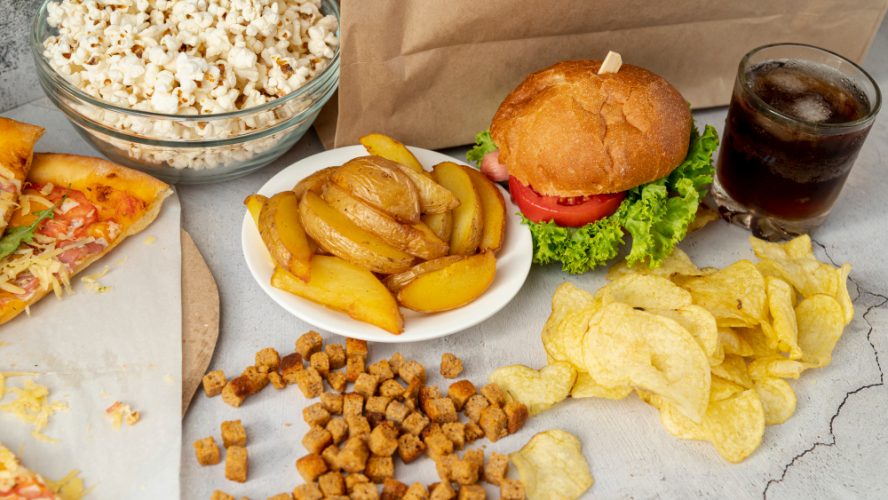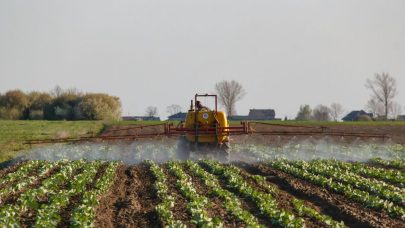Food spoilage is a widespread problem that reaches far beyond wasted ingredients. It touches economic systems, strains the environment, and even puts public health at risk. Around one-third of all food produced globally goes to waste each year — representing over $1 trillion in lost revenue — yet the broader consequences are often underestimated.
Financial Pressures on the Supply Chain
Spoilage creates financial burdens at every stage of the supply chain. Farmers lose out when their crops don’t make it to market in time. Distributors absorb losses from returns or rejected goods. Retailers see profits shrink as fresh products go unsold. For consumers, this all adds up to higher food prices, as businesses pass on the costs of waste and inefficiency.
Environmental Fallout of Wasted Food
Rotting food doesn’t just vanish — it contributes to serious environmental harm. When tossed into landfills, decomposing food releases methane, a greenhouse gas far more potent than carbon dioxide. Additionally, producing food that never gets eaten wastes vital resources like water, fuel, and land. Agriculture alone accounts for 70% of freshwater usage globally, much of which is effectively wasted when that food spoils before consumption.
Public Health Concerns
Food that spoils also presents safety risks. Once compromised, it can harbor dangerous bacteria like E. coli or Salmonella, triggering foodborne illnesses that impact both individuals and the healthcare system. These threats often fly under the radar until outbreaks occur.
Packaging Solutions That Make a Difference
One of the most effective — yet often overlooked — ways to fight spoilage is through improved packaging. Corrugated plastic produce boxes, for instance, help maintain cooler temperatures throughout the cold chain and significantly extend the freshness of perishable goods. Unlike wax-coated cartons, which tend to break down and arrive damaged, PP cartons remain durable and clean.
This means less physical damage to containers, fewer rejected deliveries, and reduced waste across the board. Their ventilation design also improves airflow, helping maintain stable temperatures during transit and storage.
Bigger Picture Solutions
Packaging is just one piece of the puzzle. To address spoilage on a larger scale, investments in better cold chain infrastructure, smarter handling practices, and public education around food storage are essential. Technologies like real-time freshness sensors can also alert supply chain managers before spoilage sets in. And when food can’t be sold but is still safe to eat, redirecting it to hunger relief efforts is a powerful way to reduce waste while serving communities in need.
Food spoilage affects nearly every aspect of modern life — from how much we pay for groceries to how we protect the planet. Solving it will take collective effort, smarter systems, and a commitment to using our food more wisely.














